Home>Garden Essentials>How Often To Change Water In A Cat Water Fountain
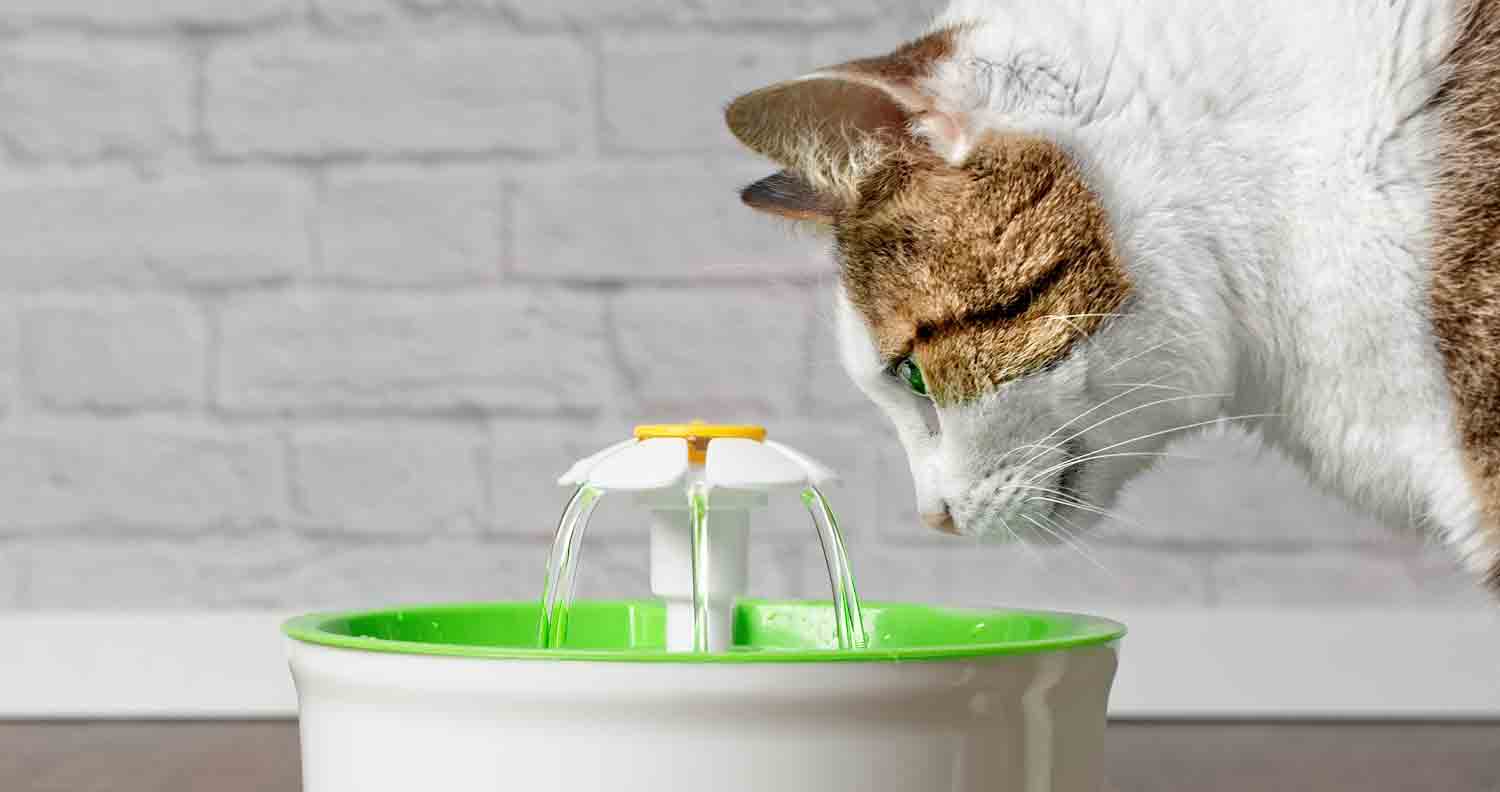

Garden Essentials
How Often To Change Water In A Cat Water Fountain
Modified: March 16, 2024
Find out how often you should change the water in your cat water fountain and keep your garden and feline friend healthy.
(Many of the links in this article redirect to a specific reviewed product. Your purchase of these products through affiliate links helps to generate commission for Storables.com, at no extra cost. Learn more)
Introduction
Welcome to the wonderful world of cat ownership! As a proud cat parent, you want to ensure that your furry friend is happy and healthy. One essential aspect of cat care is providing them with fresh, clean drinking water. A cat water fountain is a fantastic investment to encourage your cat to drink more water, as many cats prefer running water over stagnant water in a bowl.
Just like any water source, a cat water fountain requires regular cleaning and maintenance to ensure optimal hygiene and functionality. One question that often arises is how often should you change the water in a cat water fountain? In this article, we will explore the importance of a clean water fountain, factors that determine how often to change the water, signs that indicate it’s time for a water change, a step-by-step guide on changing the water, and tips for maintaining a clean water fountain.
By following these guidelines, you can provide your feline companion with a constant supply of fresh, flowing water, promoting their overall well-being and hydration. So, let’s dive in and discover the best practices for maintaining a clean and inviting water fountain for your beloved feline friend.
Key Takeaways:
- Regularly changing the water in your cat’s water fountain is crucial to keep it clean and safe for your furry friend. Aim for at least once every few days to maintain optimal freshness and hygiene.
- Pay attention to signs like cloudy water, unpleasant odor, or visible dirt to know when it’s time to change the water in your cat’s water fountain. Keeping the fountain clean ensures your cat always has access to safe and refreshing hydration.
Importance of a Clean Water Fountain
Maintaining a clean water fountain for your cat is crucial for several reasons. Firstly, cats are known for being meticulous groomers, and they have a natural aversion to drinking from dirty water sources. By providing a clean water fountain, you are encouraging your cat to drink more water, which is essential for their overall health and hydration.
Secondly, a dirty water fountain can become a breeding ground for bacteria, mold, and algae. These contaminants can pose health risks to your cat, potentially leading to digestive issues, urinary tract infections, or other illnesses. Regularly cleaning the water fountain helps prevent the growth of harmful microorganisms, ensuring that your cat is drinking safe and clean water.
Furthermore, a clean water fountain promotes the longevity and efficiency of the device itself. Over time, particles such as fur, dust, and debris can accumulate in the pump and filters, hindering their performance. Regular maintenance and cleaning prevent clogs and blockages, allowing the water fountain to function properly and ensuring a steady flow of fresh water.
Lastly, a clean water fountain encourages cats to drink more water, which is beneficial for their urinary health. Adequate hydration helps prevent issues like urinary tract infections and kidney disease. By providing a clean water source, you support your cat’s urinary system and overall well-being.
Overall, maintaining a clean water fountain is vital for the health and happiness of your furry companion. It ensures that they have access to fresh and safe water at all times, contributes to proper hydration, and helps prevent the development of health issues associated with poor water quality.
Factors That Determine How Often to Change the Water
The frequency at which you should change the water in a cat water fountain depends on several factors. Understanding these factors will help you determine the most appropriate schedule for water changes. Here are some key considerations:
1. Number of cats: The number of cats using the water fountain can affect how quickly the water becomes dirty. If you have multiple cats, the water may get contaminated more quickly due to increased use and potential fur or debris falling into the fountain.
2. Environmental factors: The environment in which the water fountain is placed can also influence water cleanliness. For instance, if the cat water fountain is placed near a litter box, the dust and particles from the litter can find their way into the water. Similarly, if the water fountain is outdoors or exposed to outdoor elements, it may accumulate more dirt and debris.
3. Water quality: The quality of the water you use in the fountain can impact how often you need to change it. If your tap water has a high mineral content or impurities, it may lead to faster buildup and require more frequent water changes. Consider using filtered water or bottled water to minimize potential issues.
4. Fountain design and filtration system: Different cat water fountains have varying designs and filtration systems. Some fountains feature more sophisticated filters that effectively remove contaminants, while others may have basic filters or none at all. Additionally, the size of the water reservoir and the pump’s efficiency can affect water cleanliness. Understanding your fountain’s design and filtration capabilities will help you determine the ideal water change schedule.
5. Cat’s behavior: Observe your cat’s behavior around the water fountain. Some cats may be more prone to dipping their paws or toys into the water, potentially introducing more dirt or debris. Additionally, certain cats may have a preference for fresh water and may refuse to drink from a fountain with older water, indicating the need for more frequent water changes.
To determine how often to change the water in your cat water fountain, it is recommended to monitor the water’s appearance and odor regularly. If the water appears cloudy, has a foul smell, or is visibly dirty, it’s a clear indication that a water change is necessary. However, as a general guideline, aim to change the water in the fountain at least once every few days to maintain optimal cleanliness and freshness.
By considering these factors and adjusting your water change routine accordingly, you can provide your cat with clean and appealing water to drink from, promoting their health and well-being.
Signs That Indicate It’s Time to Change the Water
While having a general schedule for changing the water in your cat water fountain is important, it’s also crucial to pay attention to specific signs that indicate it’s time for a water change. Here are some common signs to look out for:
- Cloudy water: If the water in your cat water fountain appears cloudy or has a murky appearance, it’s a clear indication that it needs to be changed. Cloudiness can be a result of particles, debris, or bacteria build-up, which can be harmful to your cat’s health.
- Unpleasant odor: A foul smell coming from the water fountain is another sign that a water change is needed. If the water emits a strong or unpleasant odor, it may indicate the presence of bacteria or other contaminants.
- Visible dirt or debris: If you notice visible dirt, fur, or debris floating in the water, it’s a clear indication that the water needs to be changed. Cats are naturally clean animals and may hesitate to drink from a fountain with visible contamination.
- Algae growth: Algae can thrive in water fountains, especially if they are exposed to sunlight or not cleaned regularly. If you notice greenish or slimy growth in your cat’s water fountain, it’s time to clean it thoroughly and replace the water.
- Decreased water consumption: If your cat suddenly shows a decreased interest in drinking from the water fountain, it could be a sign that the water is no longer fresh or appealing. Cats have a keen sense of smell, and they may be deterred by the odor or taste of dirty water.
- Mold or mildew: If you spot any mold or mildew growth in or around the water fountain, it’s crucial to clean it immediately and change the water. Mold can be toxic to cats and can cause respiratory issues or other health problems.
By regularly inspecting the water quality and being attentive to these signs, you can ensure that your cat always has access to clean, fresh, and safe drinking water. It’s important to establish a routine of monitoring and maintaining the water fountain to promote your cat’s hydration and overall well-being.
Change the water in your cat water fountain every 1-2 days to keep it fresh and free of bacteria. Regular cleaning and water changes will help keep your cat healthy and hydrated.
Step-by-Step Guide on Changing the Water in a Cat Water Fountain
Regularly changing the water in your cat water fountain is essential to maintain a clean and hygienic drinking source for your feline friend. Here is a step-by-step guide on how to change the water effectively:
- Gather your supplies: Start by gathering all the necessary supplies, including a cleaning brush, mild dish soap, and a clean cloth or paper towels. Ensure that all the components of the water fountain are easily accessible.
- Power off and disassemble: Before handling any water or disassembling the fountain, ensure that it is powered off and unplugged. Disassemble the fountain by removing the top and any removable parts, such as the pump or filter.
- Empty the water: Carefully pour out the existing water from the fountain into a sink or drain. Be cautious when handling the fountain to avoid any spillage or damage to the electrical components.
- Clean the fountain: Using mild dish soap and warm water, thoroughly clean all the components of the fountain. Use the cleaning brush to scrub away any dirt, grime, or residue. Pay special attention to the nooks, crevices, and corners where debris may accumulate.
- Rinse thoroughly: After cleaning, rinse all the parts with clean water to remove any soap residue. Make sure to rinse until the water runs clear and there are no traces of soap left on the fountain parts.
- Sanitize if necessary: If you notice any mold or mildew growth, it’s important to sanitize the fountain. Use a pet-safe disinfectant or a diluted mixture of water and vinegar. Apply the sanitizing solution to all the components, and let it sit for a few minutes before rinsing again.
- Dry and reassemble: Use a clean cloth or paper towels to dry all the parts thoroughly. Ensure that there is no moisture left on any of the components before reassembling the fountain. This helps prevent the growth of mold or bacteria.
- Refill with fresh water: Fill the water reservoir with fresh, filtered water or bottled water that is suitable for your cat’s consumption. Ensure that the water level is appropriate and does not exceed the maximum fill line indicated by the manufacturer.
- Plug in and power on: Once the water fountain is reassembled and filled with fresh water, plug it back in and power it on. Allow the water to flow and check for any leaks or malfunctions.
By following these step-by-step instructions, you can effectively change the water in your cat water fountain, ensuring that your cat has access to clean and refreshing water at all times.
Tips for Maintaining a Clean Water Fountain
Maintaining a clean water fountain for your cat goes beyond regular water changes. Here are some tips to help you keep the fountain clean and in optimal condition:
- Regular cleaning: Along with changing the water, it’s important to clean the water fountain regularly. This includes disassembling the fountain, cleaning each component with mild dish soap, and rinsing thoroughly. Aim for a weekly cleaning routine to prevent the build-up of dirt, debris, and bacteria.
- Check and clean the filter: If your cat water fountain has a filter, be sure to check and clean or replace it regularly, following the manufacturer’s guidelines. A clogged or dirty filter can affect the fountain’s performance and water quality.
- Monitor water levels: Keep an eye on the water levels in the fountain. It’s important to ensure that the water remains above the minimum fill line to prevent the pump from running dry. If necessary, top up the water as needed.
- Choose the right location: Place the water fountain in a strategic location away from litter boxes and food bowls to minimize the chances of dirt or debris contaminating the water. Consider a spot that is easily accessible for your cat, yet not prone to excessive dust or exposure to sunlight.
- Use filtered water: High-quality water can contribute to the cleanliness and freshness of your cat’s water fountain. Consider using filtered water or bottled water to prevent any impurities or minerals from affecting the fountain’s performance and water quality.
- Inspect and troubleshoot: Regularly inspect the water fountain for any signs of damage or malfunction. Check for leaks, unusual noises from the pump, or any other issues that may require attention. Promptly address any problems to ensure the fountain continues to function properly.
- Encourage hydration: Aside from maintaining the cleanliness of the water fountain, encourage your cat to stay hydrated by placing the fountain in a quiet and comfortable area where they feel safe to drink. Some cats prefer running water, so a fountain can entice them to drink more.
- Monitor your cat’s behavior: Pay attention to your cat’s drinking habits and behavior around the water fountain. If they seem reluctant to drink from the fountain or show signs of dehydration, consult with a veterinarian to rule out any underlying health issues.
- Consider backup options: It’s a good idea to have a backup water source for your cat in case of any issues with the water fountain. This could be a separate water bowl or another water fountain to ensure your cat always has access to clean water.
By following these tips, you can maintain a clean and inviting water fountain for your cat, promoting their hydration and well-being. Remember, a little care and attention go a long way in ensuring that your feline companion has a constant supply of fresh, clean water.
Conclusion
Providing your cat with a clean and enticing water source is a vital aspect of their overall health and well-being. A cat water fountain offers several advantages, including encouraging increased water consumption and providing a constant flow of fresh water. However, to ensure the effectiveness and safety of the water fountain, regular maintenance and water changes are necessary.
In this article, we discussed the importance of a clean water fountain and the factors that determine how often to change the water. We also highlighted the signs that indicate when it’s time to change the water, and provided a step-by-step guide on how to change the water effectively. Additionally, we shared tips for maintaining a clean water fountain to ensure its longevity and optimal performance.
By following these guidelines, you can create a hygienic and appealing water source for your cat. Regular cleaning, monitoring water quality, and providing filtered water can help ensure your furry friend has access to safe and fresh hydration. Be attentive to any signs of contamination or malfunctions, and promptly address them to maintain a clean water fountain.
Remember, understanding your cat’s needs and preferences is also essential. Some cats may have specific preferences when it comes to water temperature or fountain design. By observing their behavior and making adjustments accordingly, you can further enhance their drinking experience.
In conclusion, a clean water fountain plays a crucial role in promoting your cat’s health, encouraging hydration, and preventing potential health issues associated with contaminated water. By implementing the practices and tips discussed in this article, you can ensure that your beloved feline companion always has access to fresh, clean, and inviting water throughout their daily adventures.
Frequently Asked Questions about How Often To Change Water In A Cat Water Fountain
Was this page helpful?
At Storables.com, we guarantee accurate and reliable information. Our content, validated by Expert Board Contributors, is crafted following stringent Editorial Policies. We're committed to providing you with well-researched, expert-backed insights for all your informational needs.
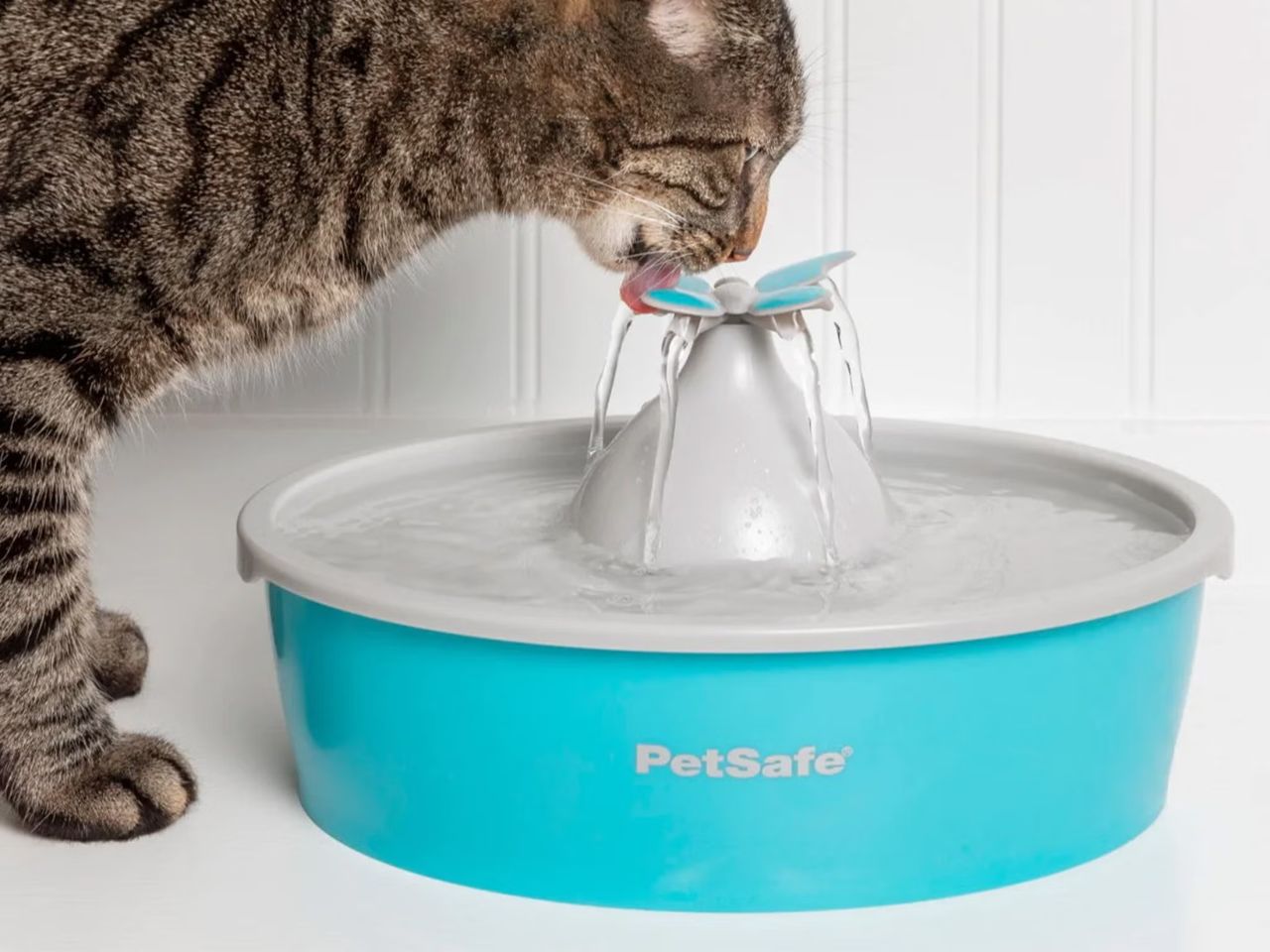
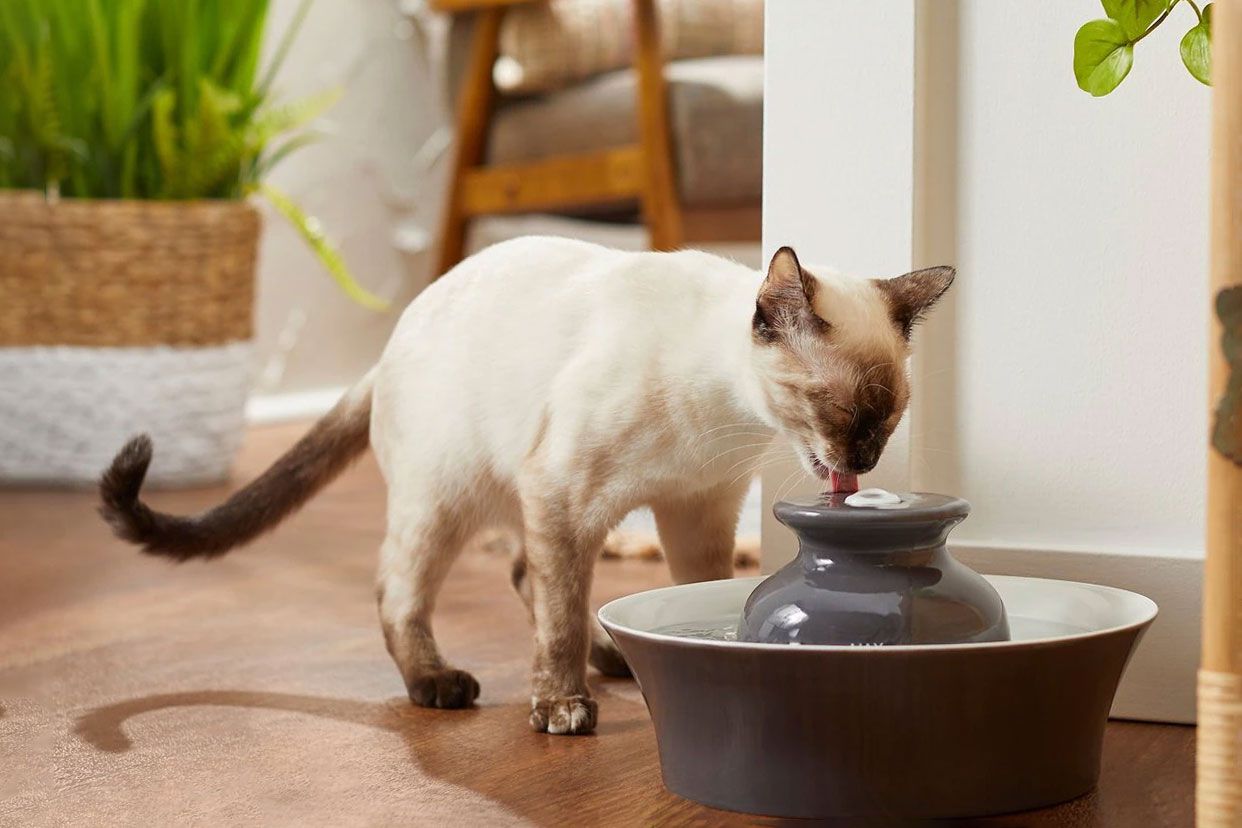
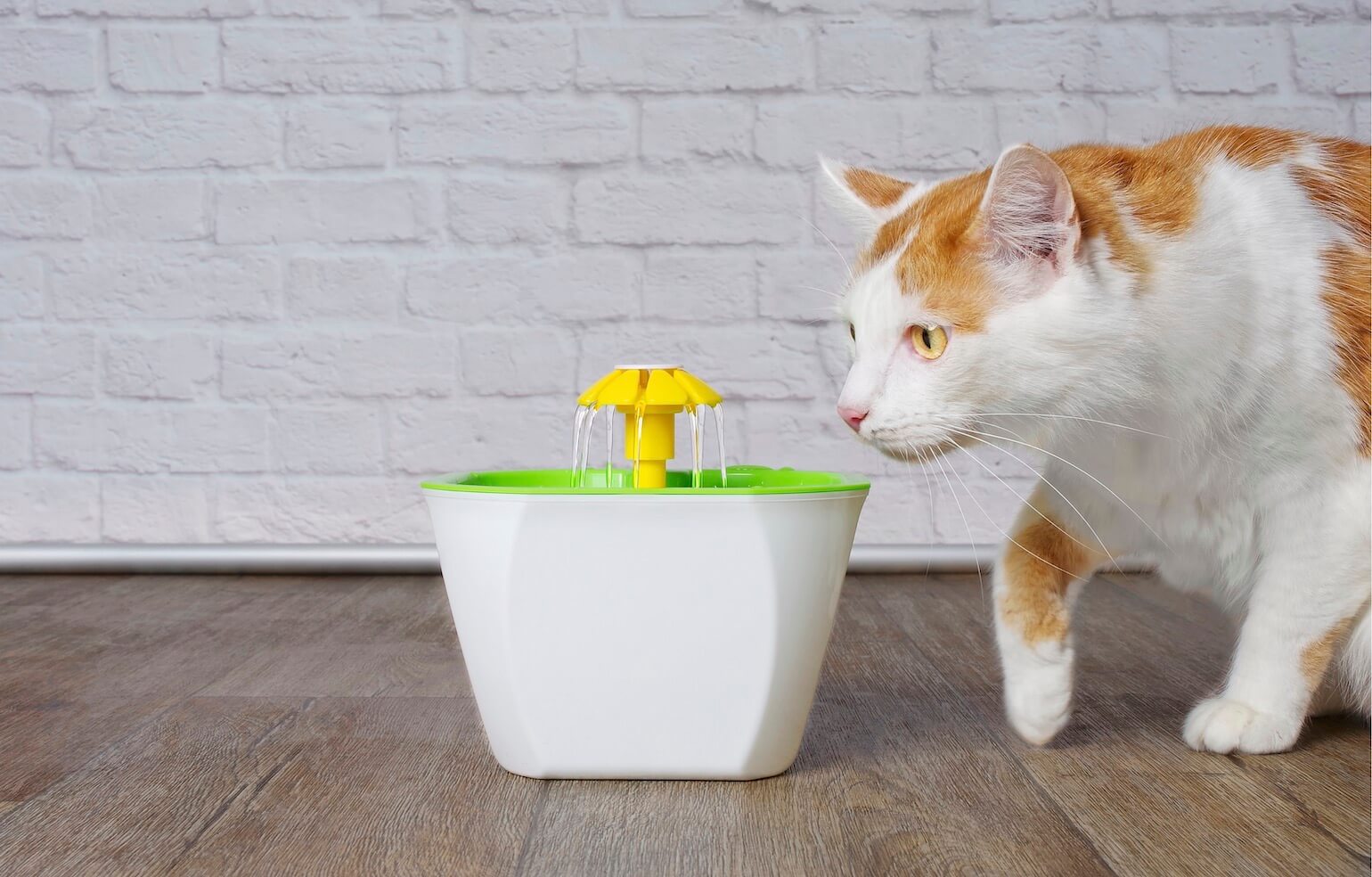
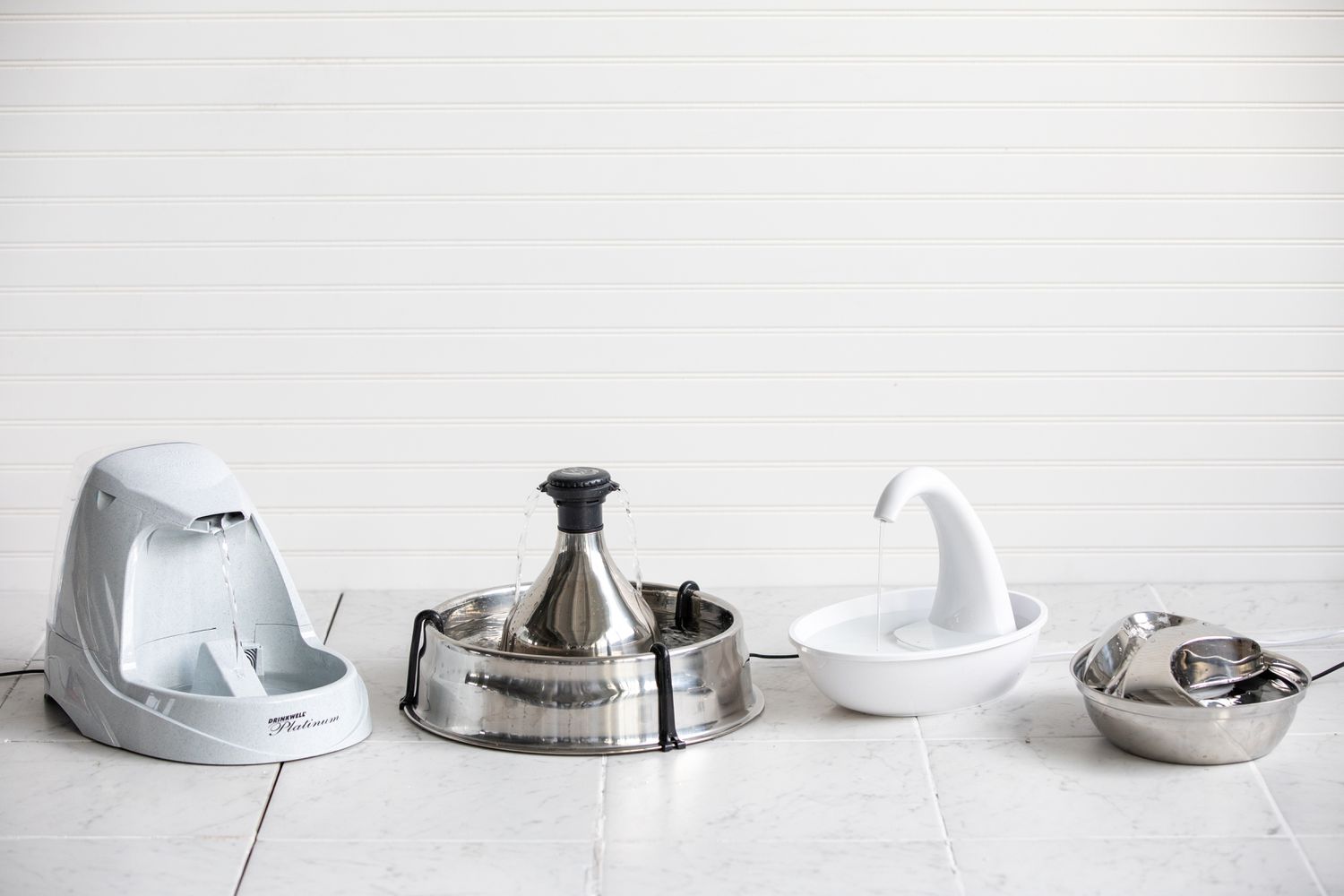
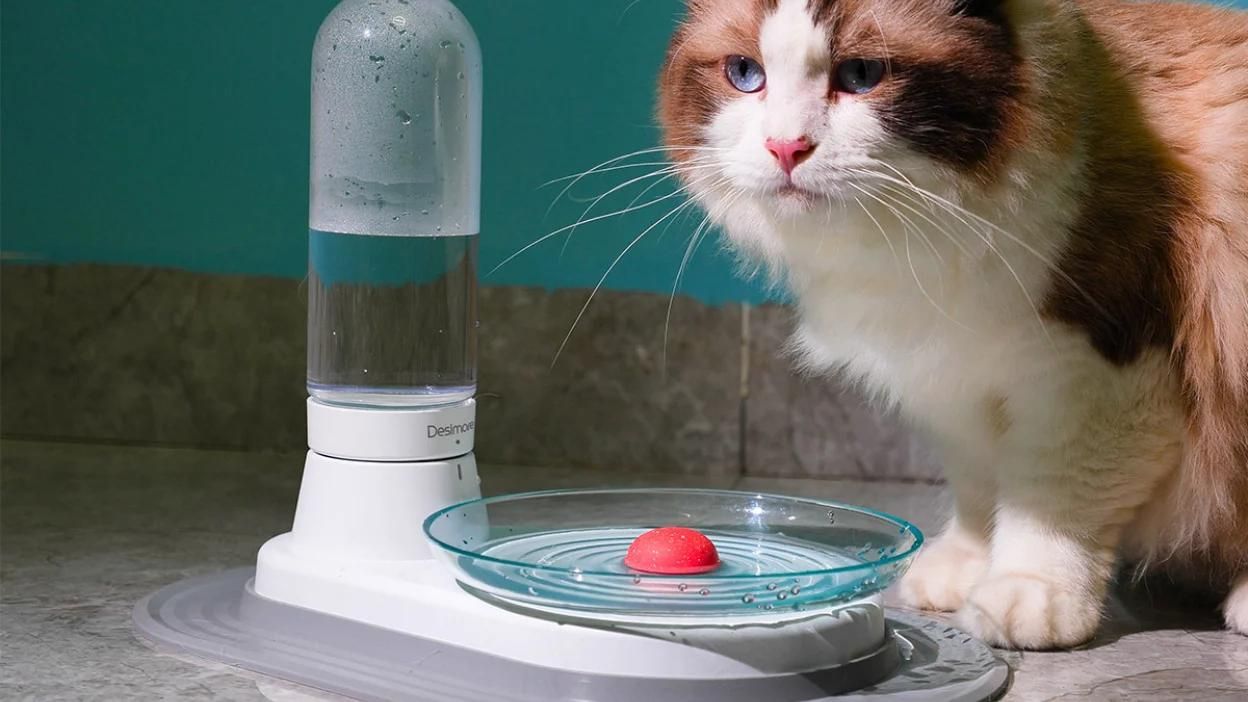
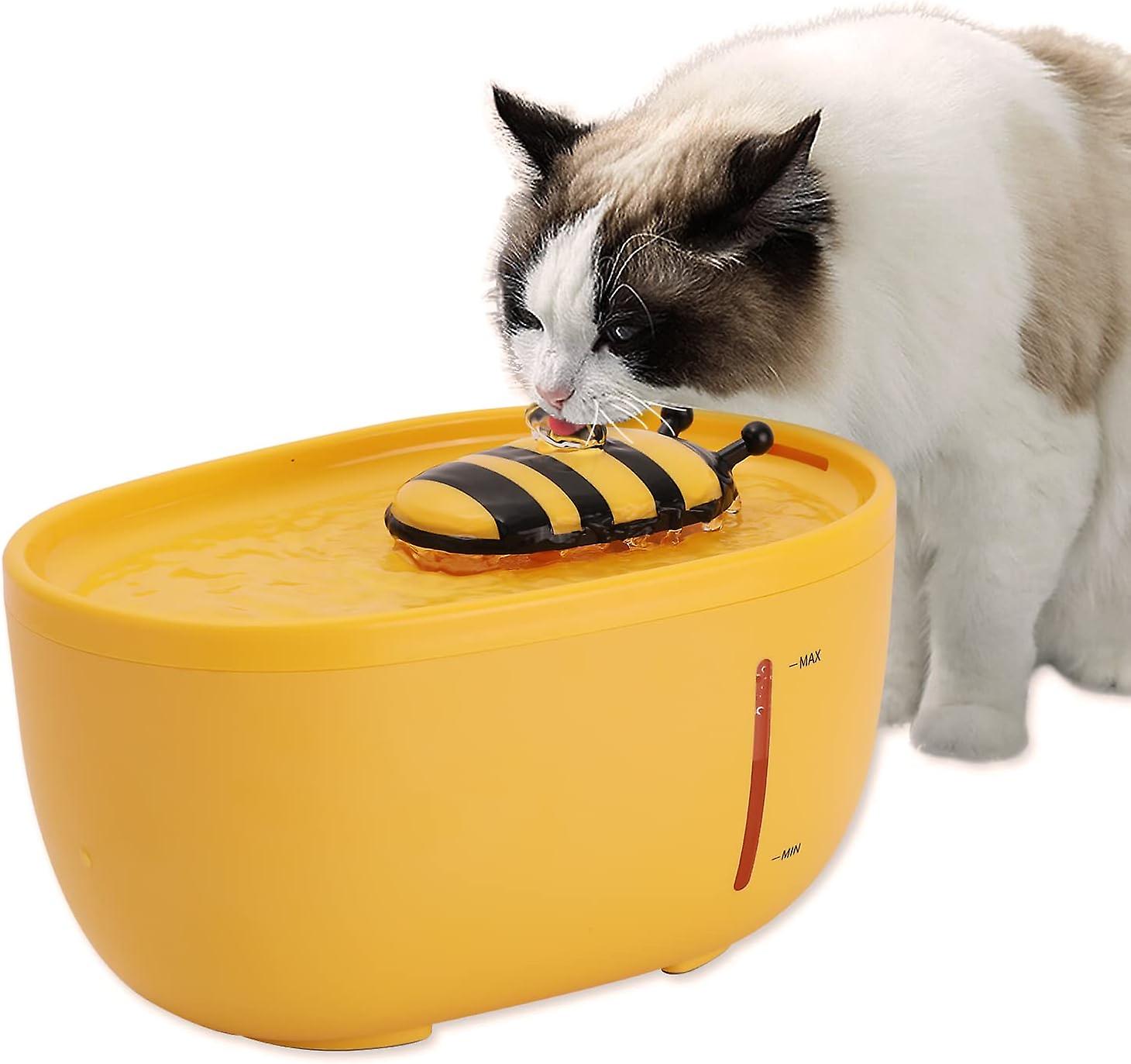
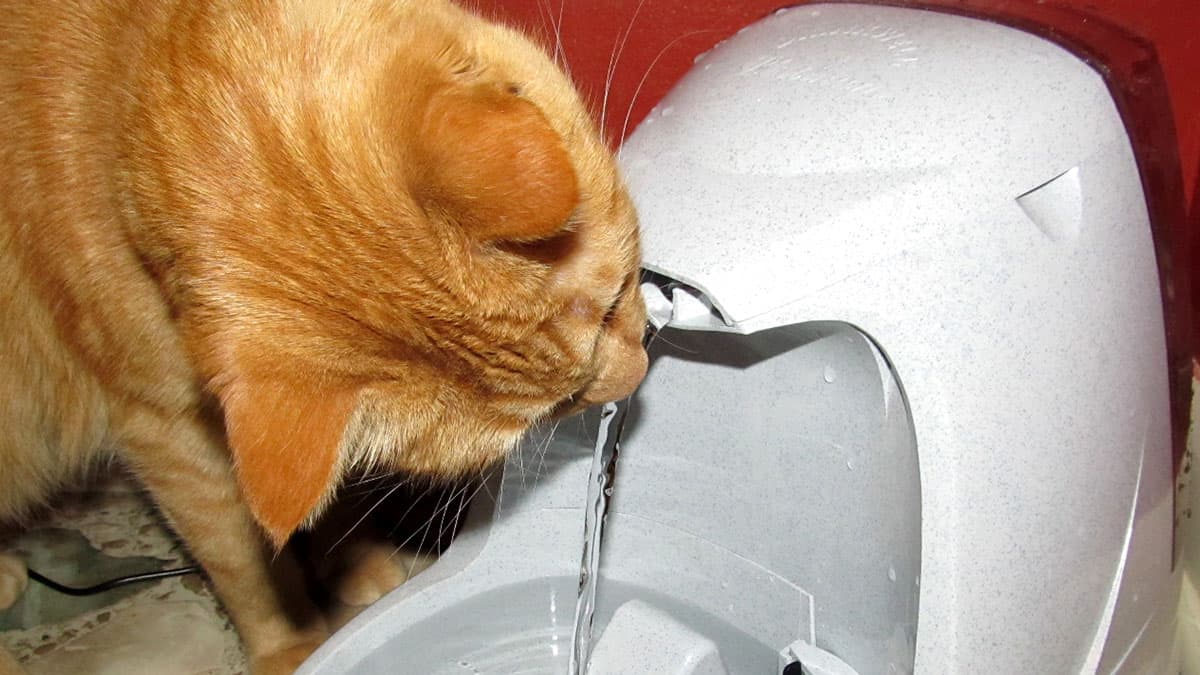
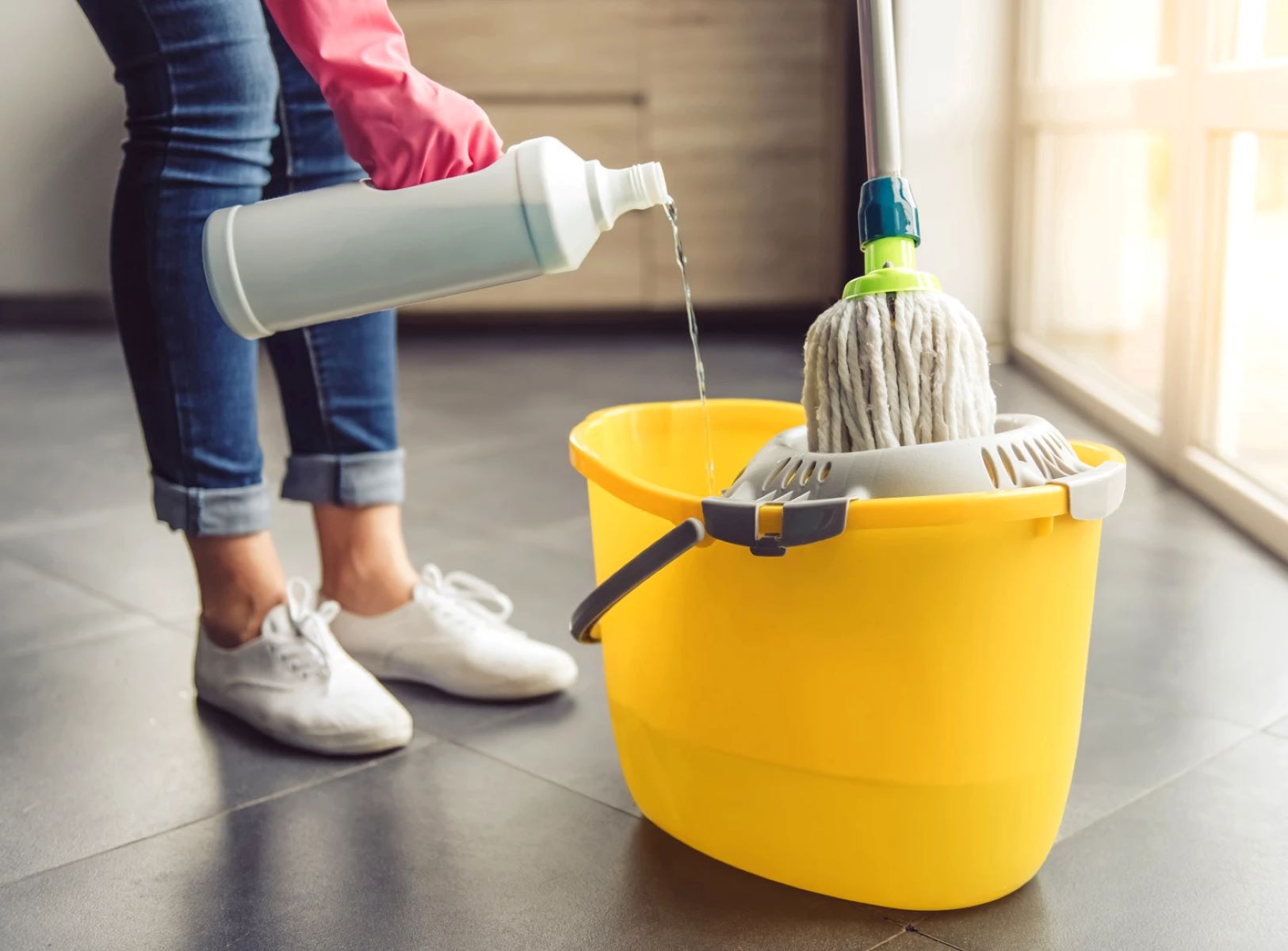

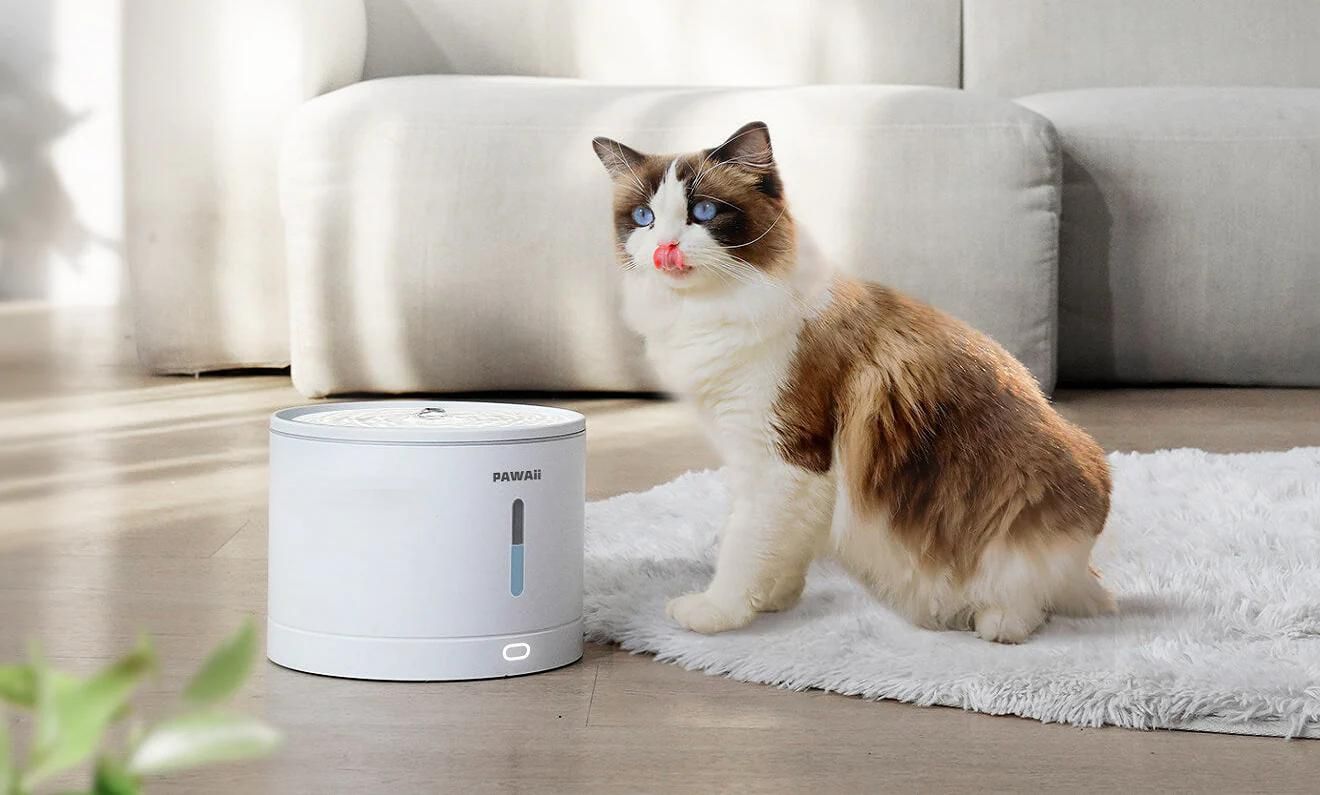
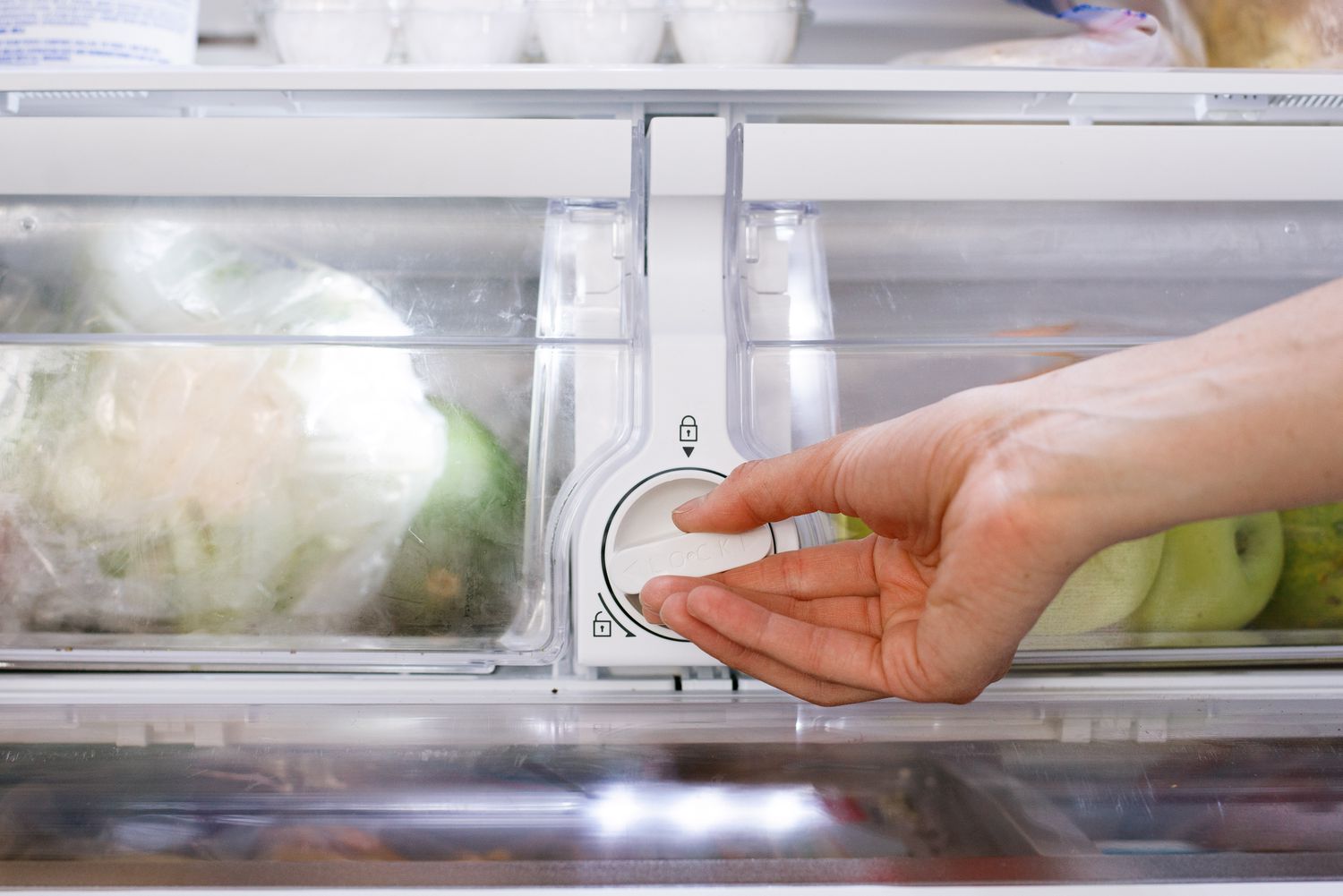
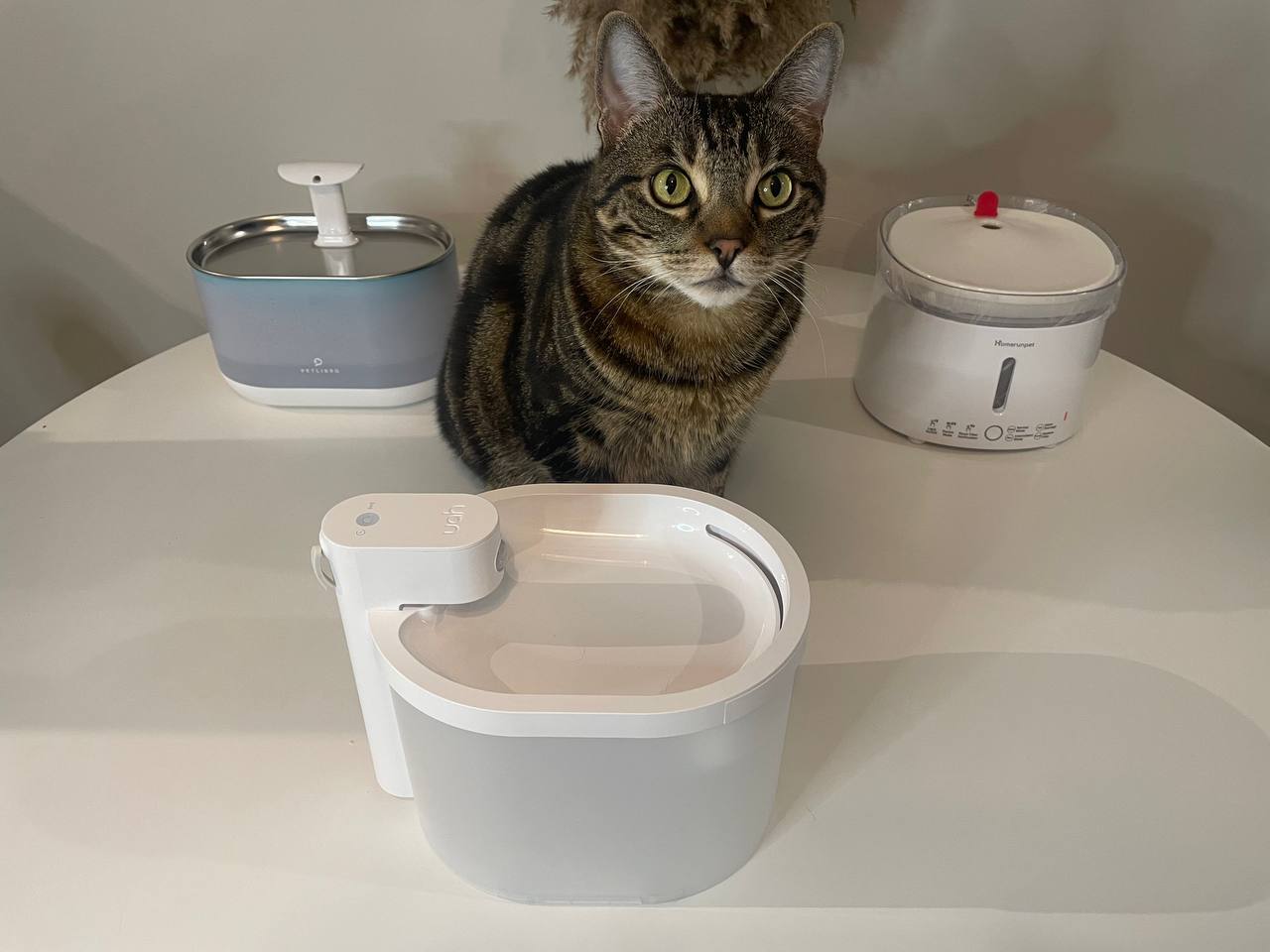
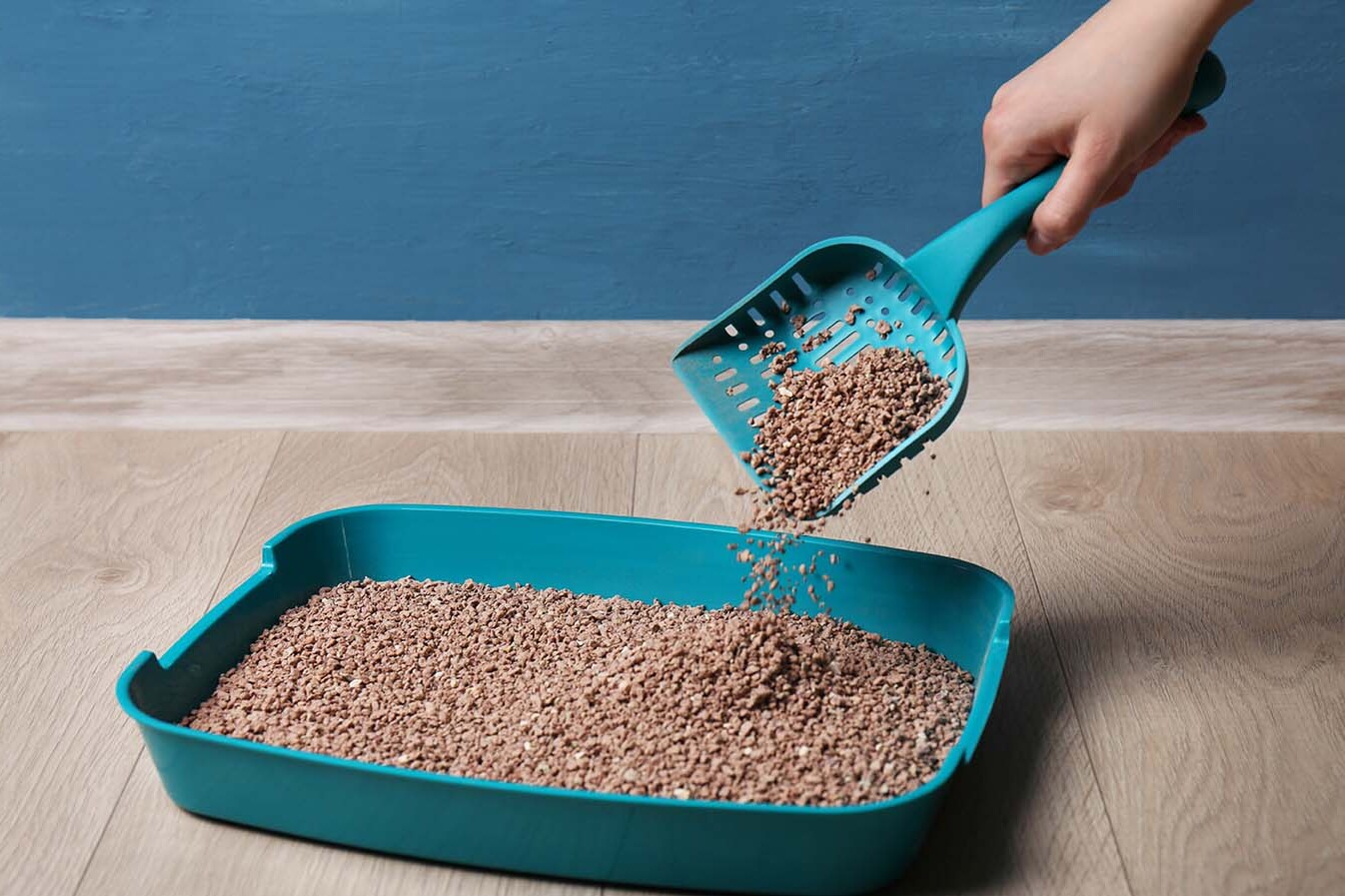
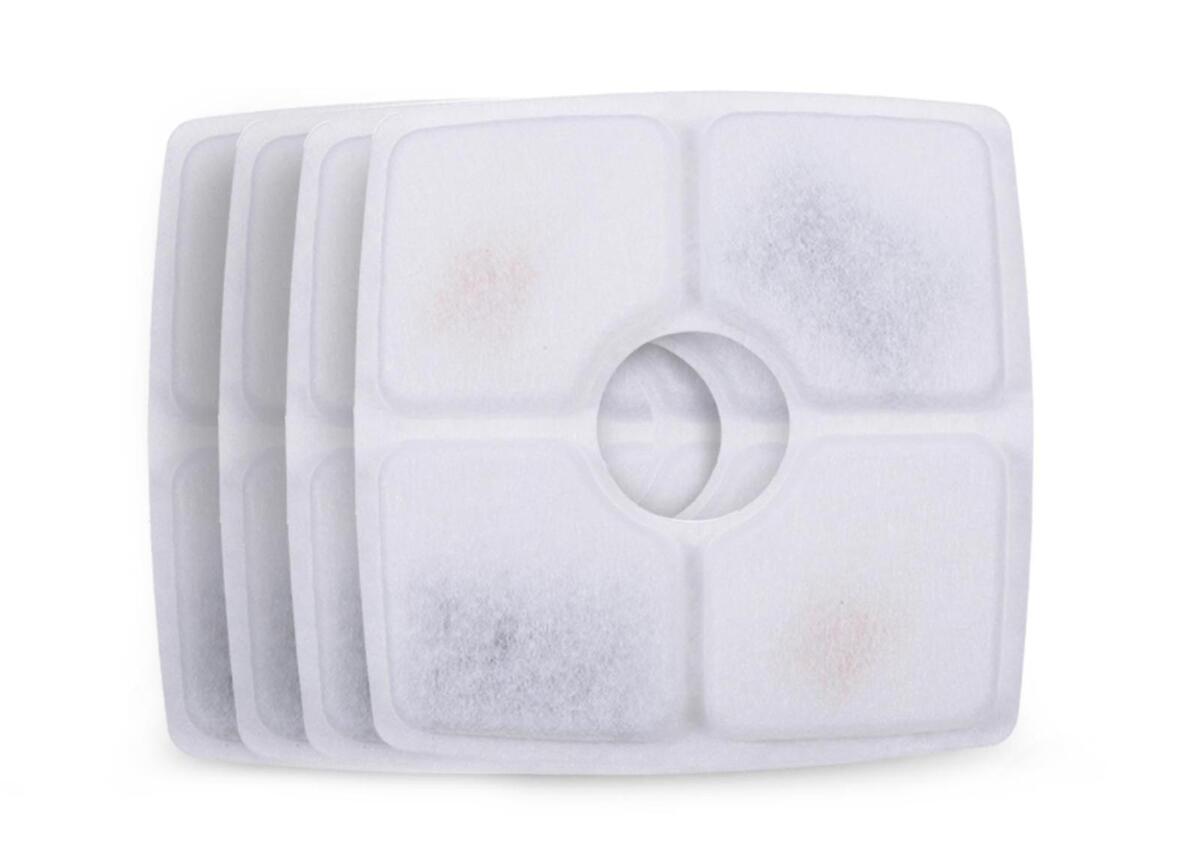

0 thoughts on “How Often To Change Water In A Cat Water Fountain”